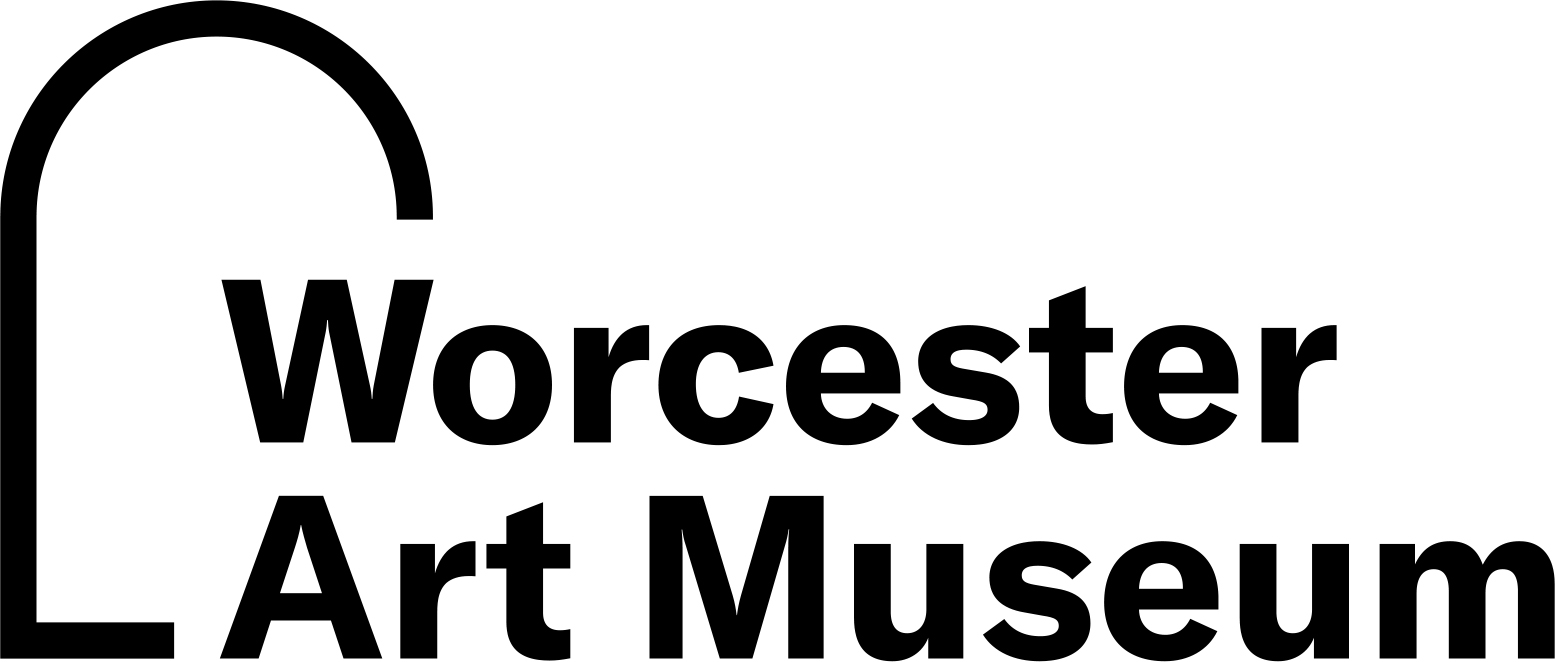Half-Shaffron in the German style of 1580-1590
Cultureprobably
German
Datepossibly 1700s
Mediumsteel
DimensionsH 10 1/2" x W 9 3/4" x D 9"; 2 lb 14 oz (weight)
ClassificationsArms and Armor
MarkingsA single punched dot on the exterior of the mainplate near the poll-plate hinge; a pair of punched dots is found within on each component.
Credit LineThe John Woodman Higgins Armory Collection
Object number2014.968
DescriptionOf demi-shaffron type, consisting of a smooth mainplate to which are riveted earguards and cheekpieces, with a wide, hinged poll-plate at the rear edge. The mainplate is forged from one thick piece of polished steel, roundedly beaten out at the top of the skull, with deep, curved cut-outs at the ears and eyes. Pointed, curved ear-guards are riveted in place, and the openings for the eyes and across the level basal edge, as well as the tops of the ears are inwardly turned in a boxish manner and crudely file-roped. Oblong cheekpieces with rounded corners and similarly turned edges are riveted to the basal sides of the mainplate between the eye- and ear openings. At mid-height, the face of the mainplate has a riveted, plain tapering tubular plume-pipe with elongated, lobated terminals. Beneath the pipe, minute traces of a gilded or coppered (?) surface on a blueish ground, are just visible. Above and below are two pairs of holes for lacing.At the rear edge of the mainplate is riveted a long hinge on which works a very wide, slightly curved poll-plate that is deeply scooped out at the ears. The edges here are finished in narrow, outward turns, and the ever-so-slightly dipped rear edge is turned as the mainplate above. Near the rear edge the medial area of the plate is pierced with six holes in a hexagonal pattern around a seventh. These were probably once filled with decorative brass rivets.
The perimeter of the mainplate, and the inwardly turned edge of the poll-plate are bordered by roughly-formed domed lining-rivets whose hollow, circular iron washers within retain a leather lining-band.
Label TextAs in many of the cultures of Eurasia and Africa, the military elite of medieval Europe were mounted: the word for “knight” in almost every European language actually means “horseman.” A well trained warhorse was expensive, and a knight’s steed often wore at least a head protector, and sometimes additional armor for the neck and body.ProvenanceDresden Electoral Armory (possibly) Friedrich August III, King of Saxony Kahlert & Son (Berlin), their no. 87 William R. Hearst Clarence H. MacKay (Roslyn, L. I.) his A-32. Sold with Armor HAM# 2586.1. Purchased by the Armory from Jacques Seligmann & Co. (NYC), agents for the Mackay estate on 1 April 1940, their A-32/113. Collection transfer from Higgins Armory, January 2014.
On View
Not on view












